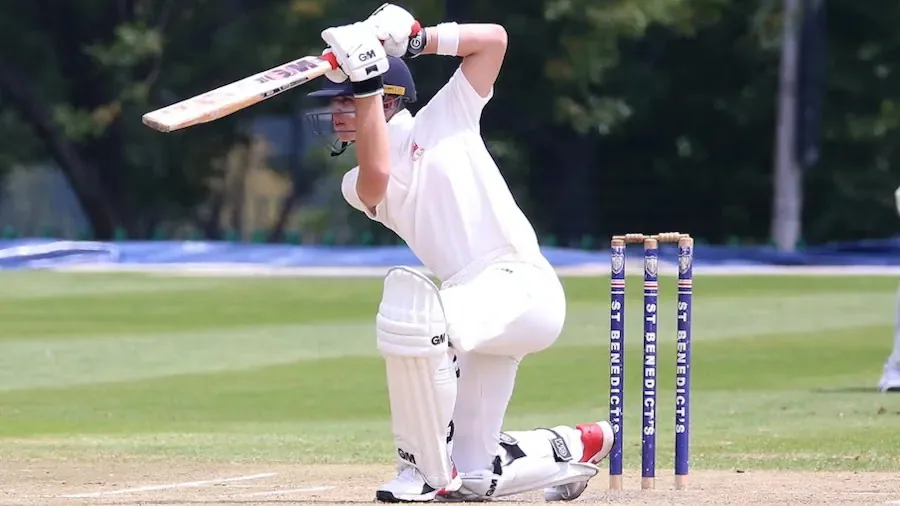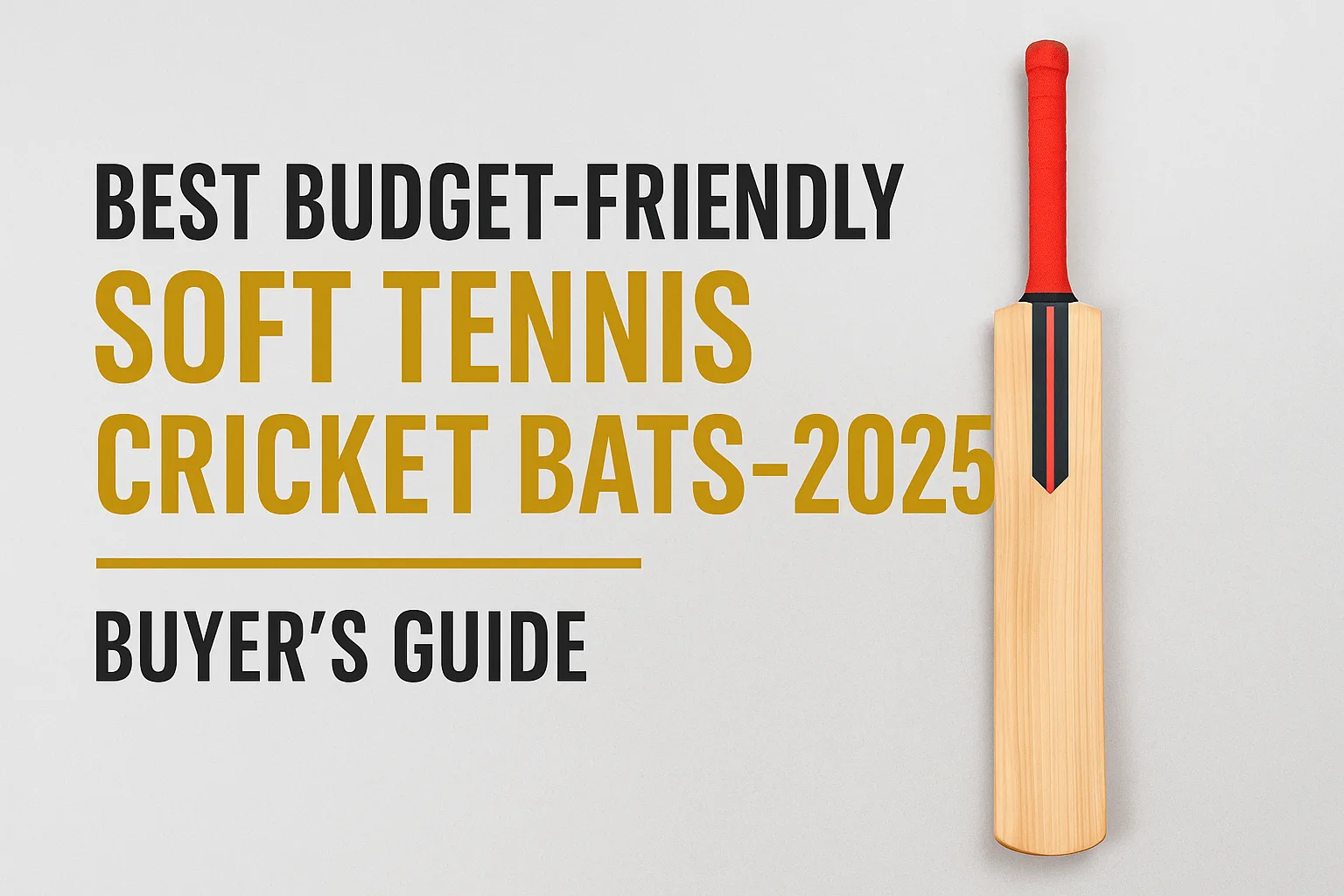Cricket, a sport adored by millions worldwide, has its own set of rules and regulations, making the game fair and consistent across all levels. One crucial aspect of these regulations is the cricket bat rules, which govern the design and dimensions of cricket bats used in matches. The International Cricket Council (ICC), which governs international cricket, has laid down specific cricket bat rules to ensure that no player gains an unfair advantage due to the bat’s construction.
Also Know About Cricket Bat Crack Repairs.
In this blog, we will delve into the various aspects of cricket bat rules as defined by the ICC, covering everything from bat dimensions to materials used and their implications on the game. These rules aim to standardize bats, ensuring that the playing field remains level for all players.
The Evolution of Cricket Bat Rules
The cricket bat rules have evolved over time to meet the changing needs of the game. Early cricket bats were not much different from the modern-day hockey sticks, but as the game grew, so did the specifications surrounding the equipment. The current cricket bat rules have been shaped by various innovations in the sport, ensuring safety, fairness, and consistency. The standardization of bat size and shape, as governed by the ICC, ensures that no player can gain an unfair advantage by using an oversized or overly heavy bat.
Key Dimensions of Cricket Bats According to ICC
The cricket bat rules lay down strict parameters regarding the dimensions of a bat. These specifications ensure that the bat’s size does not exceed the limits set by the ICC, promoting fairness and consistency in the game.
- Length of the Bat: The bat’s overall length is capped at 38 inches (965mm). This length is considered optimal for balance, allowing the batsman to generate power while maintaining control.
- Width of the Bat: The maximum allowable width of a cricket bat is 4.25 inches (108mm). The width directly influences the bat’s sweet spot, with a wider bat generally providing more surface area for striking the ball.
- Thickness of the Blade: The blade of the bat, which is the part that makes contact with the ball, cannot exceed 2.64 inches (67mm) in thickness. This rule helps maintain the balance of the bat and ensures that players are not using an overly large blade that could make it easier to hit the ball.
These dimensions are fundamental in ensuring that the bat’s design is fair and consistent with the cricket bat rules established by the ICC. The width and length of the bat affect its weight and balance, which in turn influences a batsman’s performance.
Material of the Cricket Bat
The material used in making a cricket bat is another crucial aspect covered by the cricket bat rules. According to the ICC, the blade of the bat must be made from wood, typically from the willow tree, due to its durability and lightness. There are two main types of willow used for cricket bats:
- English Willow: Known for its lightweight nature and excellent grain structure, English willow is favored for professional-level cricket bats.
- Kashmir Willow: Though heavier and less durable than English willow, Kashmir willow is used for lower-end bats, particularly for amateur players.
The handle of the bat can be made from other materials such as cane or rubber, but the blade must adhere to the wood specification as per the cricket bat rules.
The Sweet Spot and its Relevance
The concept of the “sweet spot” is integral to the design of cricket bats, and the cricket bat rules implicitly regulate how the sweet spot should function. The sweet spot is the area of the bat that produces the most power and minimal vibration when the ball makes contact with it. A properly crafted bat will have the sweet spot located at the mid-point of the blade, providing optimal control and power for the batsman.
The cricket bat rules do not directly specify where the sweet spot should be, but they ensure that the bat’s design is conducive to performance. The combination of bat width, thickness, and length all play a part in determining the location and effectiveness of the sweet spot.
Cricket Bat Weight and its Impact
Cricket bats come in a range of weights, and while the ICC cricket bat rules do not directly address weight, the size and dimensions outlined by the rules naturally influence the bat’s weight. A standard cricket bat typically weighs between 2.7 pounds (1.22 kg) and 3 pounds (1.36 kg).
The weight of the bat plays a significant role in a batsman’s ability to control shots and generate power. Lighter bats allow for faster reaction times and better maneuverability, while heavier bats generate more power but can be harder to control. The cricket bat rules have indirectly created an environment where batsmen are forced to find a balance between power and control, as bats cannot be excessively heavy or overly large.
Modifications and Customizations
While the ICC cricket bat rules are strict about the bat’s dimensions, players can still modify the bat to suit their personal preferences, as long as these modifications do not violate the set standards. For example, players may choose to:
- Shape the bat to suit their grip or batting style
- Use different materials for the grip or handle
- Add protective tape to the blade
However, all such modifications must be within the boundary of the cricket bat rules. For example, a bat cannot be reshaped in such a way that it exceeds the specified dimensions, or its performance is enhanced beyond what the rules allow.
The Role of Technology in Cricket Bat Design
With technological advancements, cricket bat manufacturers are constantly improving the performance of bats while staying within the constraints of the cricket bat rules. Some modern innovations include:
- Carbon Fiber Reinforcements: Some bats include carbon fiber strips to enhance durability and reduce weight without sacrificing power. While this is allowed, the overall weight and dimensions of the bat must still comply with the ICC’s guidelines.
- Advanced Grip Technology: Grips with varying textures are used to improve handling and control. While these innovations may not directly affect the bat’s performance according to the cricket bat rules, they provide players with an edge in terms of comfort and playability.
Impact of Cricket Bat Rules on Batting Strategies
The implementation of cricket bat rules has significantly impacted batting strategies in the game. Since players cannot use oversized or overly powerful bats, they are forced to rely on technique and skill rather than raw power. This has resulted in a more balanced and strategic approach to batting, where players must hone their timing, placement, and shot selection.
These regulations also ensure that no player can dominate the game through unfair means. Every batsman, regardless of stature or experience, is limited to using equipment that conforms to the same size and performance standards. This encourages a level playing field and fair competition.





 No products in the cart.
No products in the cart.
Comment (1)